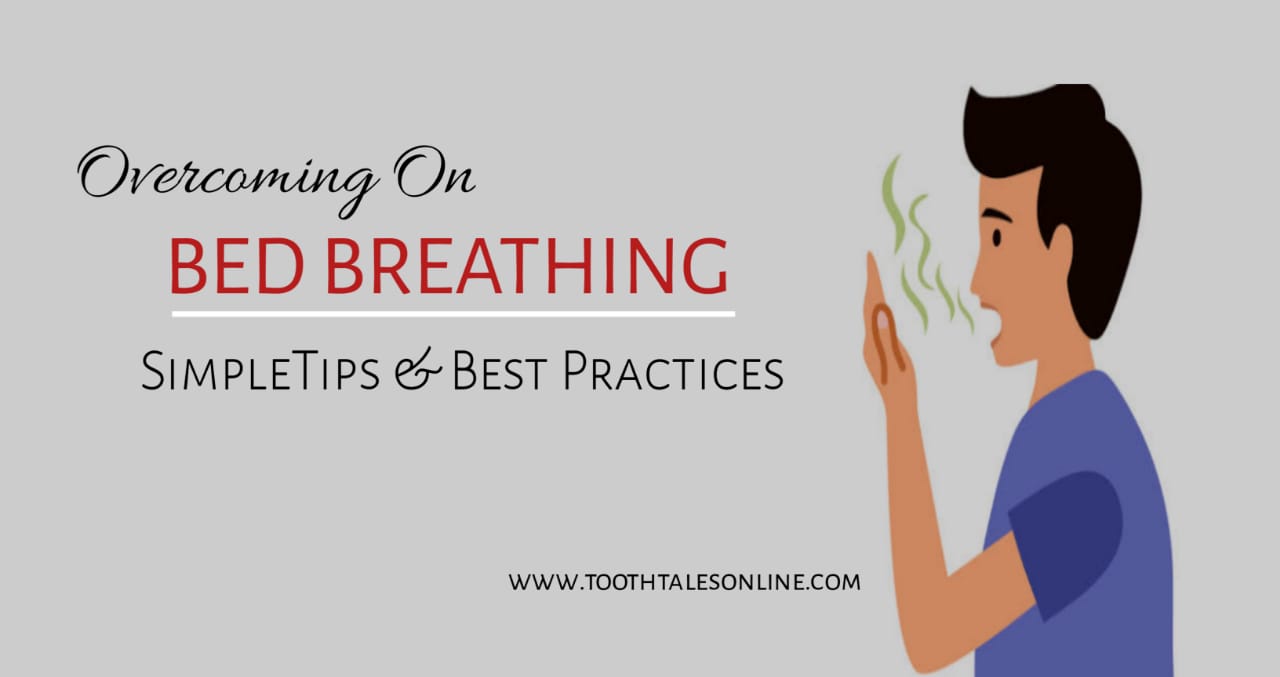Introduction:
Achieving a restful night’s sleep is crucial for overall well-being, and one often-overlooked aspect is the way we breathe while in bed. Bed breathing techniques can significantly impact the quality of your sleep, promoting relaxation and better overall health. In this guide, we’ll explore easy-to-follow bed breathing exercises and provide you with the best search keywords to delve deeper into this rejuvenating practice.
- Deep Diaphragmatic Breathing: One of the simplest yet most effective bed breathing techniques is deep diaphragmatic breathing. Lie down comfortably, place one hand on your chest and the other on your abdomen. Inhale slowly through your nose, allowing your abdomen to rise. Exhale slowly through your mouth, feeling your abdomen fall. Repeat this process for several minutes, focusing on the rhythm of your breath.
- 4-7-8 Breathing Technique: Developed by Dr. Andrew Weil, the 4-7-8 breathing technique is easy to practice in bed. Inhale quietly through your nose for a count of 4, hold your breath for a count of 7, and exhale audibly through your mouth for a count of 8. This method helps relax the nervous system and promotes a sense of calm conducive to sleep.
- Alternate Nostril Breathing (Nadi Shoshana): This yogic breathing technique is known for balancing the two hemispheres of the brain. While lying on your back, use your thumb and ring finger to alternately close one nostril at a time while inhaling and exhaling through the open nostril. This rhythmic pattern can be remarkably soothing before bedtime.
- Mindful Breathing Meditation: Incorporating mindfulness into your bedtime routine can enhance the quality of your sleep. Practice mindful breathing by paying close attention to each inhalation and exhalation. If your mind wanders, gently redirect your focus to your breath. This mindfulness technique helps quiet the mind and ease into a more peaceful sleep.
Conclusion:
Incorporating simple bed breathing techniques into your nightly routine can be a game-changer for your sleep quality and overall well-being. Experiment with these methods to find what works best for you, and consider combining them with other relaxation practices for a comprehensive approach to better sleep. Sweet dreams await as you embark on this journey to master the art of bed breathing.






















Add Comment